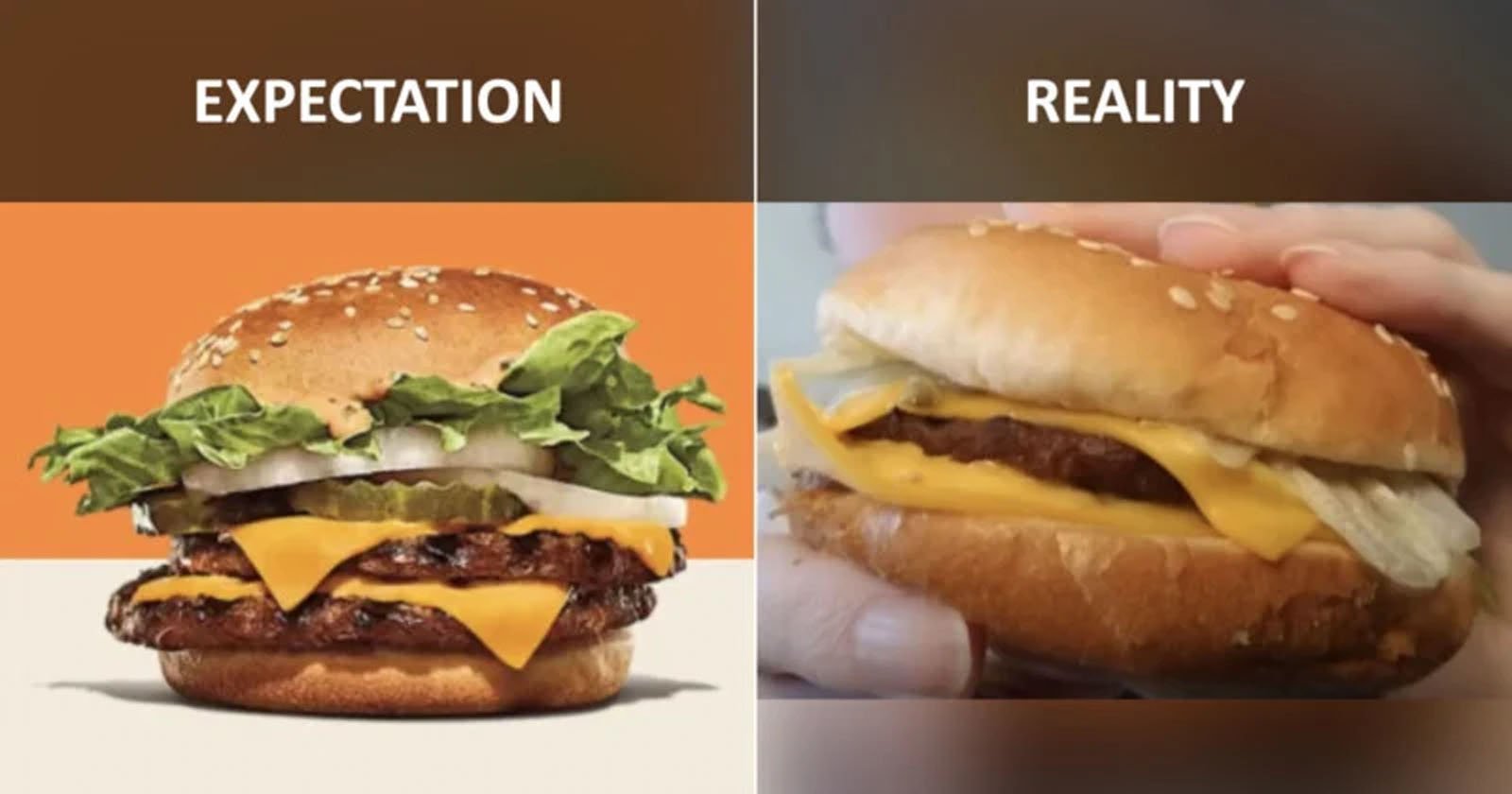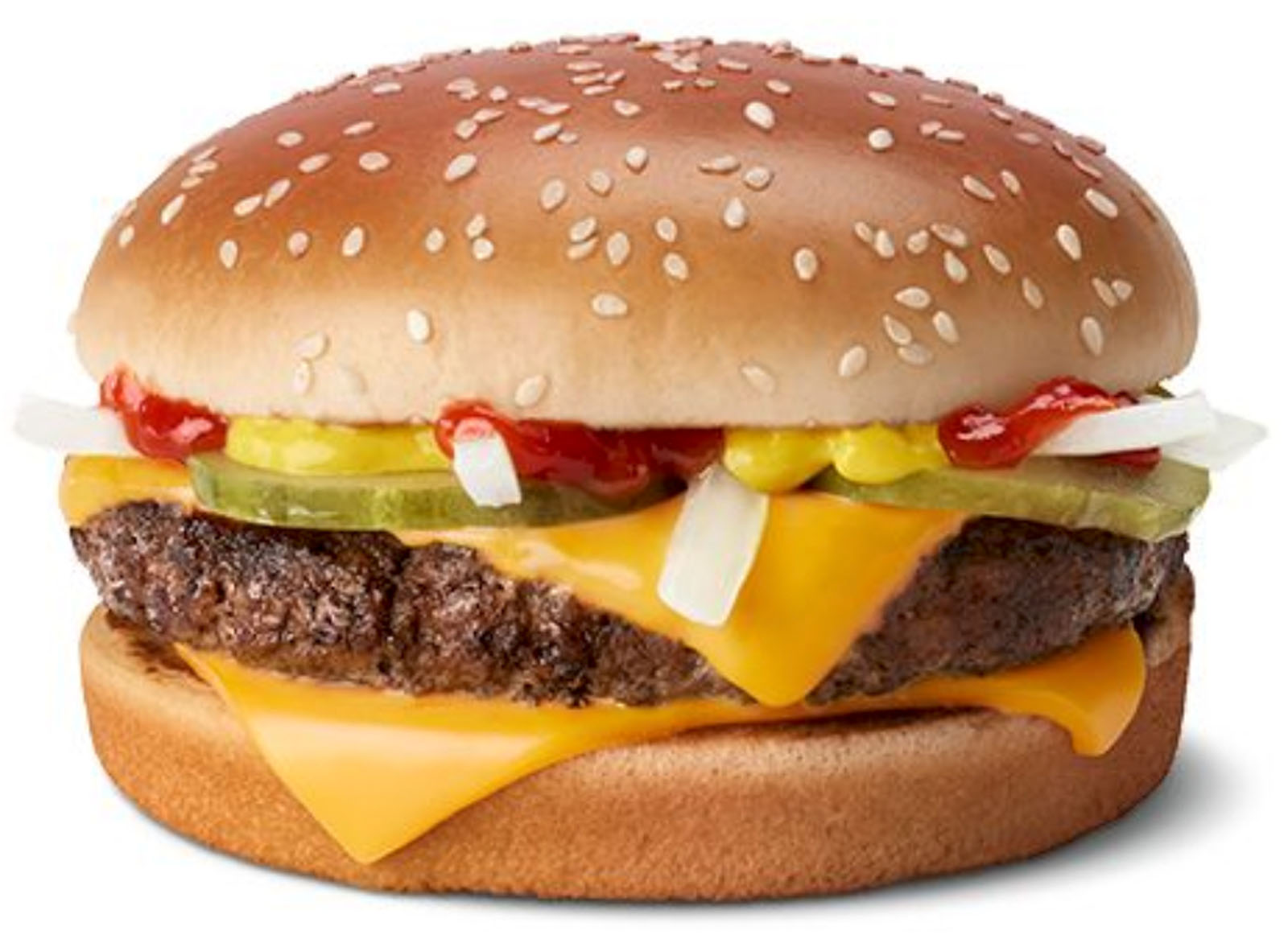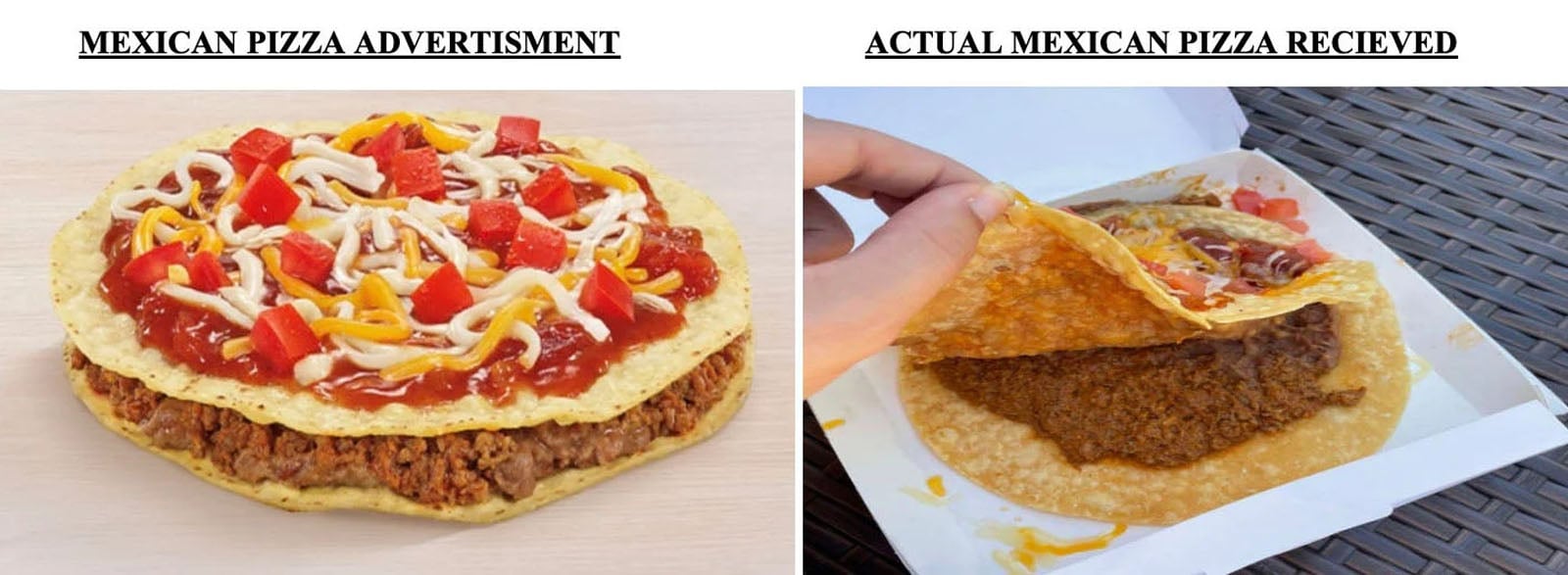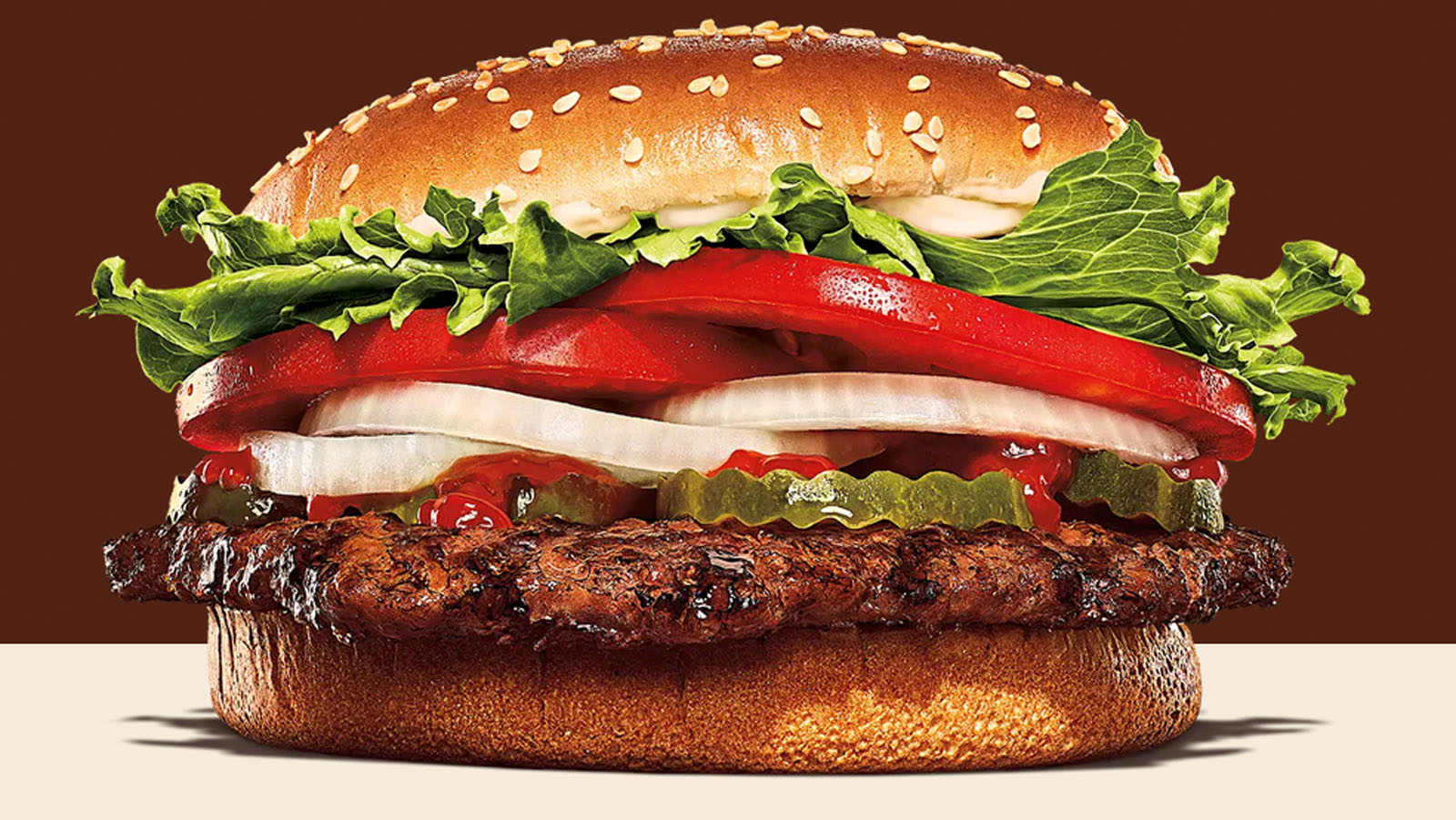Food or Fraud? Restaurants Are Selling You Lies With a Side of Fries
![]()
Between inflation and “shrinkflation,” consumers are getting the short end of the stick these days. As the rich get richer, regular folks face a litany of anti-consumer practices, not the least of which are misleading food photos at restaurants.
The idea that the photo of an item on a menu looks way better than the real thing is not new. However, what people are doing about it is changing. According to CNN, legal experts say that food litigation is one of “one of the fastest-growing areas of law.” In a world where restaurants sell people the image of something very different from the food that hungry folks purchase, disgruntled customers are biting back.
“We saw a record number of food litigation lawsuits filed from 2020 to 2023, with hundreds of new suits every year,” says Tommy Tobin, a lawyer at Perkins Cole.
Is That a Whopper or a Flopper?
Last month, U.S. District Judge Roy Altman rejected Burger King’s efforts to have a lawsuit against the restaurant chain thrown out. At the crux of the lawsuit is the notion that photos of the famous Whopper sandwich show a burger that is significantly larger than the real thing.

According to the lawsuit, official marketing images of the Whopper show about 35% more food and double the meat than what customers receive.
Burger King says that delivering burgers that look “exactly like the picture” is not required, but the judge asserts that a jury should make that determination.
“The plaintiff’s claims are false. The flame-grilled beef patties portrayed in our advertising are the same patties used in the millions of Whopper sandwiches we serve to guests nationwide,” Burger King claims.
Small Burgers are a Big Issue
Burger King is one of many companies under fire. Per Reuters, McDonald’s, Wendy’s, and Taco Bell are facing similar lawsuits, and lawyers in those cases are using Judge Altman’s new ruling as ammunition in their legal battles. In those other cases, the argument is, at least in part, that photos use undercooked meat so that the patties appear larger.
A “food stylist” who worked for McDonald’s and Wendy’s reportedly confirms this notion, stating that the companies prefer undercooked patties because they appear more appetizing in images. The lawsuit claims that the misinformation goes beyond cooking times and that the chains “materially” overstate the size of their burgers and Wendy’s adds an unrealistic quantity of toppings to its food for images.

Quantity Versus Quality
If there is a material difference in the amount of food shown in images, especially on menus, and what customers receive, that seems like a straightforward case — although lawsuits against major corporations are rarely simple.
However, another layer in the matter is whether images are misleading regarding the quality of food. This is much more complicated to litigate.
“Customers aren’t stupid — they know that the images of food that they see on billboards, on menus, in magazines or on online ads aren’t as they appear in store,” writes Gourmet Ads, a company with the mission to provide “Food, Supermarket and Wine brands the ability to reach highly engaged and conscious consumers online.
Making food look delicious is extremely common. McDonald’s Canada posted a video more than a decade ago on its YouTube channel, showing how it crafts food for photos.
The video was made in response to a McDonald’s customer’s question, “Why does your food look different in the advertising than what is in the store?”
Gourmet Ads writes, “The reason for this was not to deceive the customer, but was instead to help them get a visual idea of the ingredients going into each burger — i.e. most ingredients were placed to the forefront of the image so that the photo could pick up all ingredients.”
McDonald’s spends a lot of time making its food look great in photos, but the restaurant chain claims it uses the same ingredients for its staged food as it does for its actual burgers. The ingredients may be prepared differently for photos, and arranged in a way that is not accurate to the genuine product, but the “stuff” is the same.
Celebrating McDonald’s Canada’s YouTube video, Gourmet Ads concludes, “By releasing a YouTube video like the above not only addresses a customer’s questions but also makes customers warm to the brand due to their honesty about food presentation. Make it clear you are not lying to your customers by using this type of presentation of food — food styling simply makes it much more pretty to look at!”
Food Photography and Honesty
Making food look more delicious is not unique to McDonald’s. It is a huge part of food photography in general. Food photographers and stylists use many tricks of the trade to make food look tastier, fresher, and just overall better.

However, there is a big difference between making food look good and turning it into something it isn’t.
Things like using dish soap to make soda more bubbly, spraying deodorant on fruit and vegetables to make them shiny, and even using mashed potato as a non-melting facsimile of ice cream are troublesome when selling food.
On the other hand, creating steam, using flattering light, or adding a bit of shine with vegetable oil doesn’t render the food inedible.
Restaurants should arguably be required to ensure that the food used as models is real food that someone could consume without suffering a medical event.
Selling a Lie
Further, people are interested in more than just the precise quantity of food. It is not that someone orders a cheeseburger at McDonald’s thinking, “Ah, yes, I will get the same amount of food in a box as the picture on the menu, and I do not care what it looks like.” People order food based on many factors, including quality and presentation, and the only indicator of what something will look like is often marketing materials. People care about more than the ingredients; the form these ingredients take matters.
While I appreciate that someone heading to a fast-food eatery is reasonably expecting that they are sacrificing a bit of presentation compared to going to a fine-dining restaurant — you don’t go to McDonald’s for high-end plating — people still expect food that looks and tastes good.
The pictures always look good. The real thing? Not so much.
And ultimately, that is the crux of the issue with honesty in marketing in general.

Companies, whether a restaurant, a fashion brand, or even a camera company, will always try to present their products in the best possible light. That is part of marketing, trying to make something appealing to customers.
However, while some level of disconnect between the way a product looks in marketing material and how it appears in real life to the typical customer is to be expected, there is obviously a point where the difference between the ad and reality is so vast that the ad is not just maybe misleading, but an outright lie.
When Burger King’s lawyers say it is not required to produce food that looks “exactly” like its photos, a jury will probably agree. However, the jury may also have something else to say about photos that look practically nothing like real food.
Fast food chains want to argue otherwise. They certainly believe they aren’t doing anything illegal. But if someone sees a scrumptious meal on a menu and something sad on their plate, they are being deceived, which happens to millions of people daily.
It is easier to accept being on the receiving end of misleading practices by corporations when the economy is excellent and everything is fantastic, but small lies seem a lot bigger when money doesn’t go anywhere near as far as it used to, and some of these same corporations are making more money than ever.
This story is part of PetaPixel’s weekly newsletter Clipped Highlights.
What is Clipped Highlights?
Clipped Highlights is a free, curated, weekly newsletter that will be sent out every Wednesday morning and will focus on a few of the most important stories of the previous week and explain why they deserve your attention. This newsletter is different from our daily news brief in that it provides unique insights that can only be found in Clipped Highlights.
In addition to unique takes on the biggest stories in photography, art, and technology, Clipped Highlights will also serve to feature at least one photo series or art project that we think is worth your time to check out. So often in the technology and imaging space we focus on the how and not the what. We think that it’s just as important, if not more so, to look at the art created by photographers around the world as it is to celebrate the new technologies that makes that artwork possible.
If this kind of content sounds like something you’re interested in, we encourage you to subscribe to the free Clipped Highlights newsletter today. You can read this week’s edition right here, no subscription necessary, to make sure it’s something you want in your inbox.
We’ll also make sure to share each edition of Clipped Highlights here on PetaPixel so if you aren’t a fan of email, you won’t be forced to miss out on the weekly newsletter.